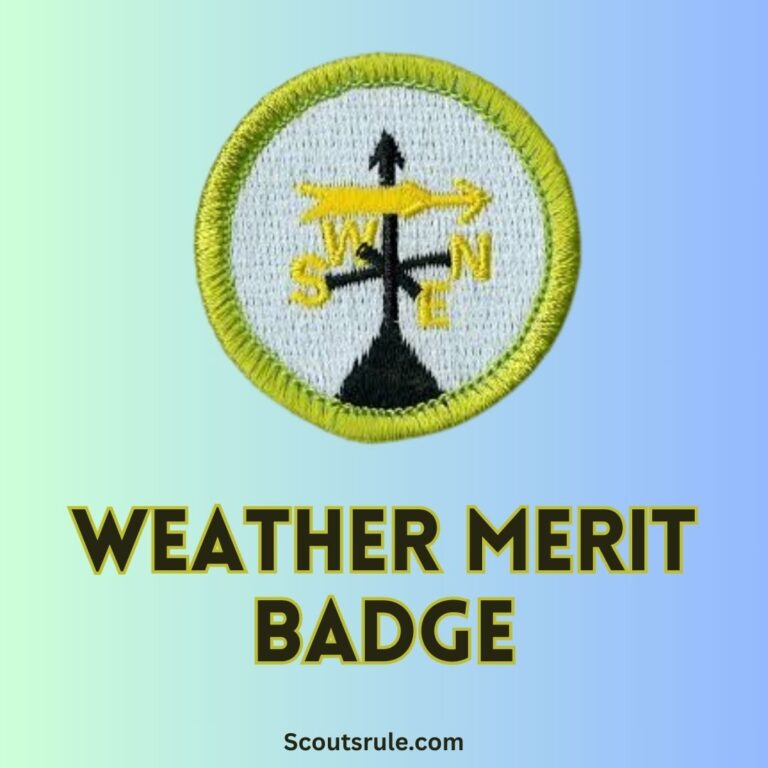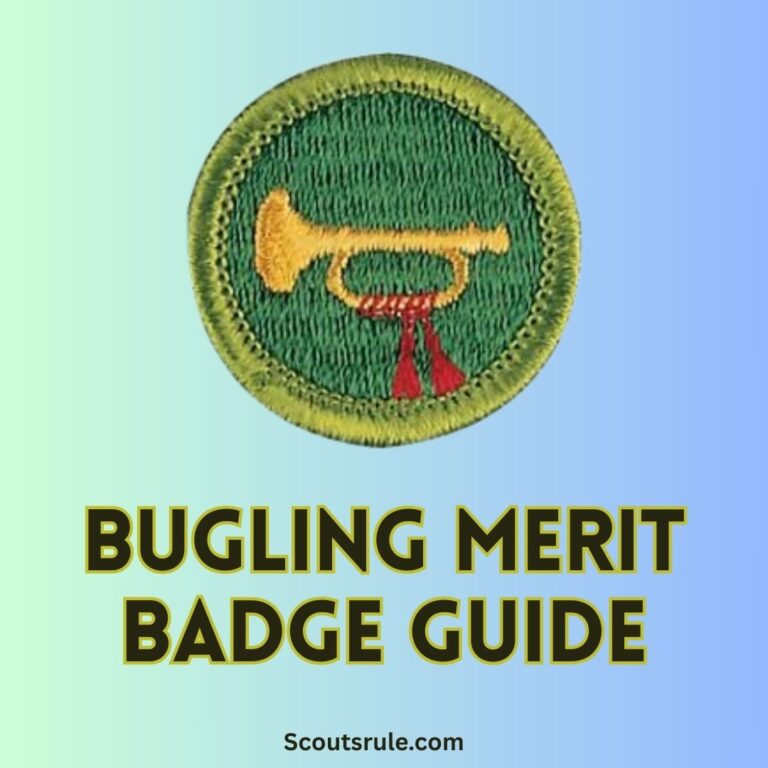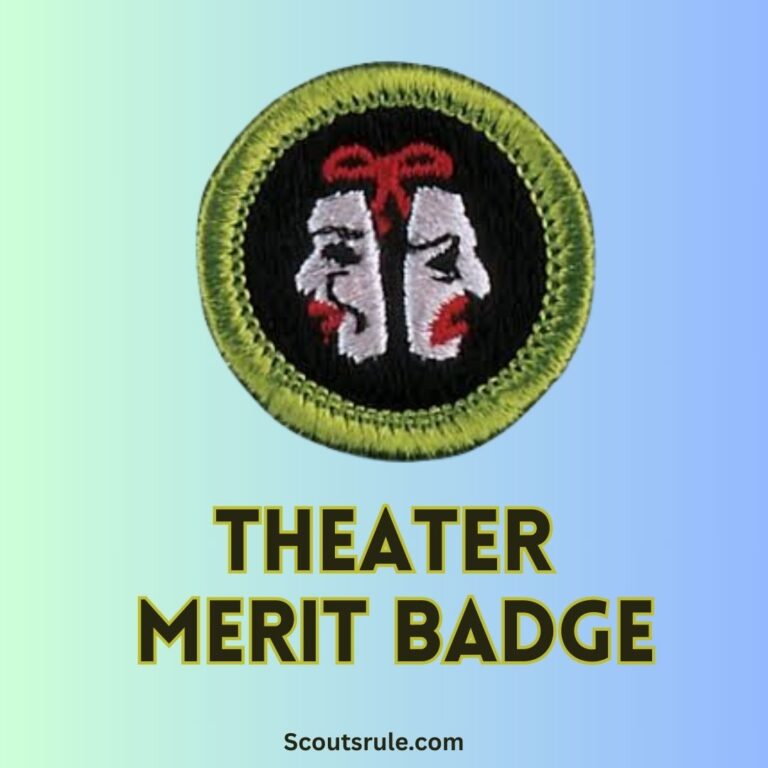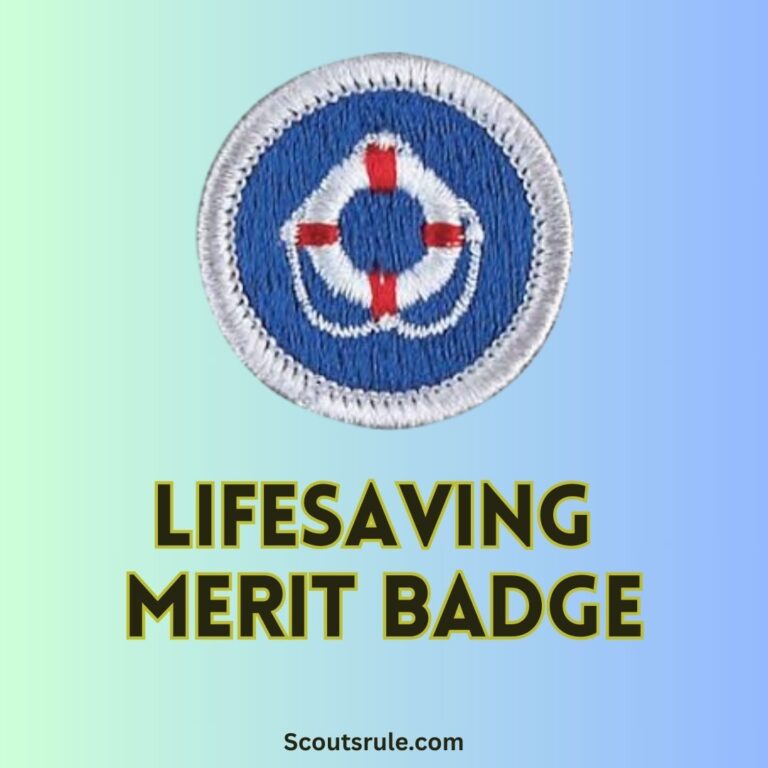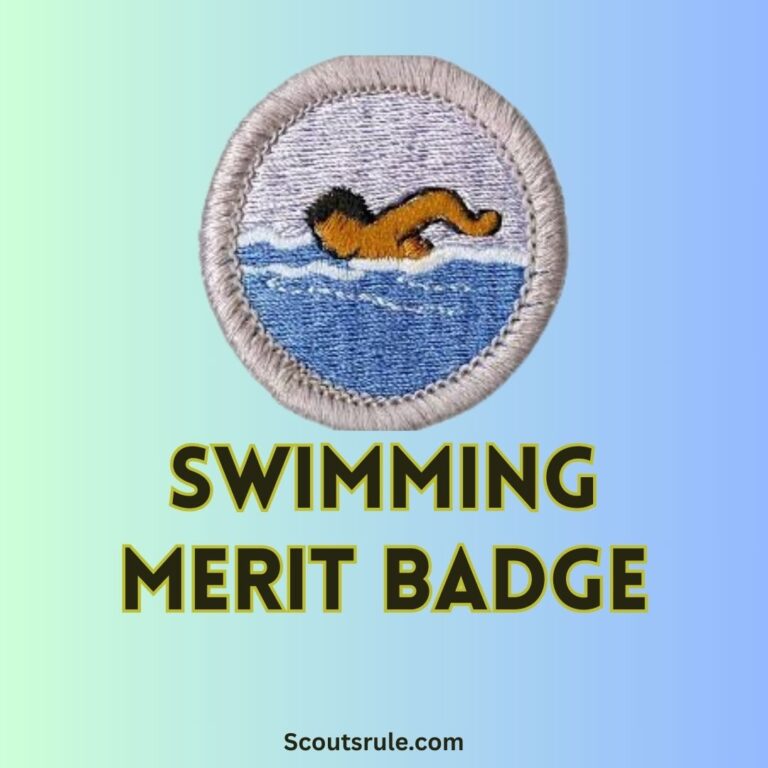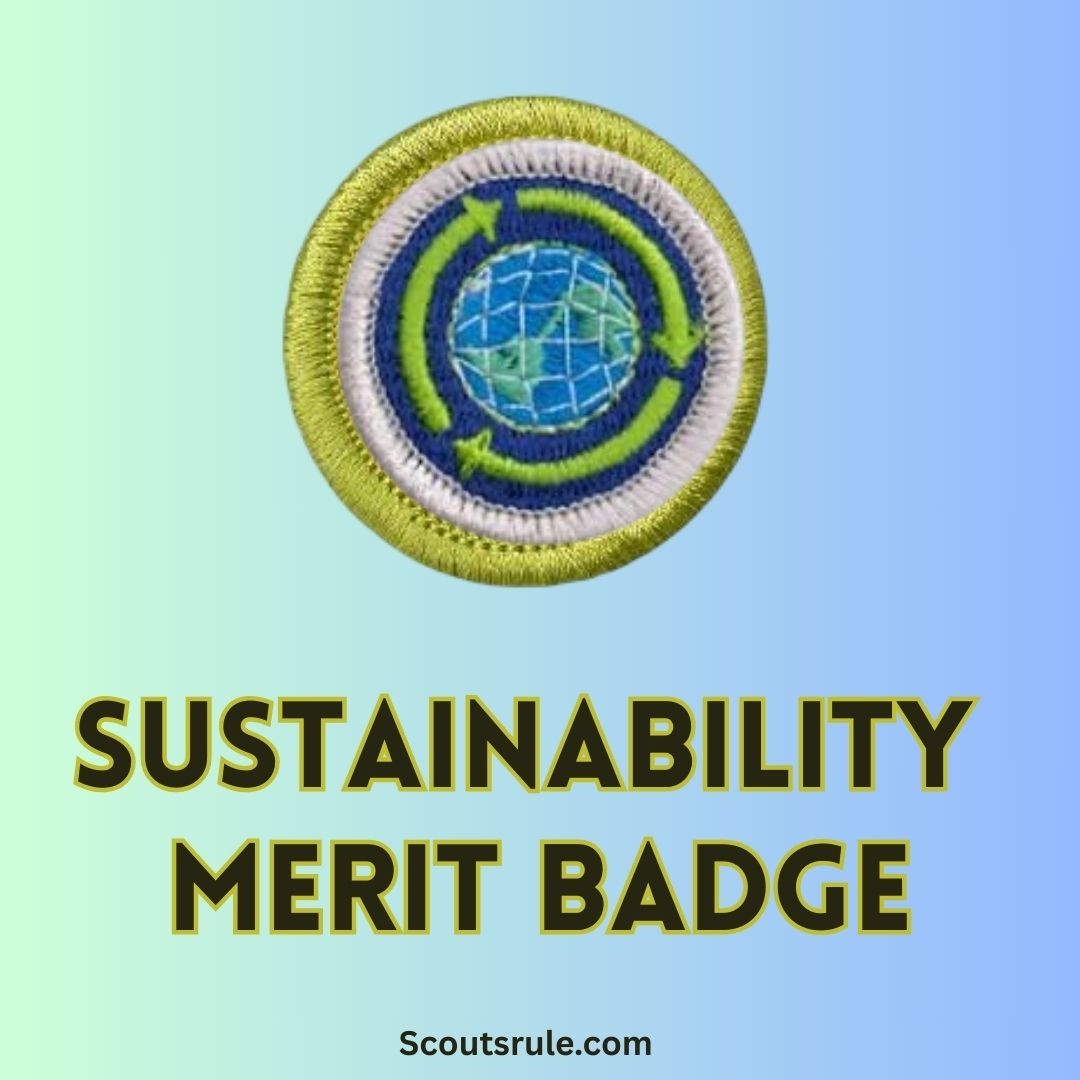
“Sustainability” is a word that touches nearly every aspect of our lives. It means meeting our current needs without compromising the ability of future generations to meet theirs. As a Scout working toward the Sustainability Merit Badge, you will learn how conservation and responsible resource management become everyday practices—at home, in your community, and on a global scale. This guide will help you explore what sustainability really means, recognize key environmental challenges (from plastic waste to energy usage), and undertake projects such as reducing water consumption, rethinking family habits, and even learning about sustainable careers like environmental consulting. Let’s dive in!
Post Contents
- 1. Defining Sustainability and Understanding Its Importance
- 2. Sustainability Issues: What Challenges Do We Face?
- 3. Meeting the Sustainability Merit Badge Requirements
- Requirement 1: Write Your Definition of Sustainability
- Requirement 2: Water Usage and Conservation
- Requirement 3: Evaluate and Manage Household Energy and Waste
- Requirement 4: Focus on Food Waste and Community Planning
- Requirement 5: Understanding and Reducing Our Family’s Energy Usage
- Requirement 6: Environmental Consultant
- 4. Putting It All Together: Research, Planning, and Implementation
- 5. Exploring Sustainability Beyond the Merit Badge
- 6. Frequently Asked Questions (FAQ)
- 7. Conclusion
1. Defining Sustainability and Understanding Its Importance
1(a) What Does “Sustainability” Mean?
Before you work on any specific requirements, you will need to write in your own words what “sustainability” means. Sustainability includes:
- Conservation: Carefully managing natural resources like water, soil, and forests so they continue to be available in the future.
- Stewardship: Taking responsibility for caring for the environment through recycling, energy conservation, and supporting practices that protect ecological balance.
A key part of the process is to hold a family discussion where each member writes down what they believe sustainability means. This conversation not only helps you build your own definition but also connects family values with practical conservation methods. Record these thoughts because you will refer back to them later, especially as you work on the requirements that involve household management and community planning.
2. Sustainability Issues: What Challenges Do We Face?
Before planning your projects, it’s important to recognize the many challenges our world faces today. Some of the sustainability issues include:
2(a) Plastic Waste and the Trash Vortex
- Problem: Single‑use plastics, packaging, and microplastics overwhelm landfills and oceans.
- Impact: Wildlife suffers from entanglement and ingestion, and ecosystems become unbalanced due to persistent plastic pollution.
2(b) Electronic Waste (E-Waste)
- Problem: Outdated gadgets and electronic devices accumulate quickly and can release toxic substances if not properly recycled.
- Impact: The rapid pace of technological change coupled with improper disposal practices contributes to soil and water contamination.
2(c) Food Waste
- Problem: Large quantities of edible food are discarded across households, restaurants, and stores.
- Impact: Food waste not only represents lost resources but also contributes to greenhouse gas emissions when it decomposes in landfills.
2(d) Species Decline
- Problem: Habitat destruction, pollution, and overexploitation of natural resources are leading to a steep decline in biodiversity.
- Impact: Every species lost can have unforeseen consequences on ecosystem balance, thereby affecting everything from pollination to climate regulation.
2(e) Achieving Sustainable Energy
- Problem: Relying on fossil fuels contributes to greenhouse gas emissions and environmental degradation.
- Impact: Transitioning to sustainable energy sources like solar, wind, and geothermal not only reduces pollution but also ensures a more secure and resilient energy future.
Recognizing these issues is crucial because your merit badge projects will ask you to reflect on and respond to some of these challenges.
3. Meeting the Sustainability Merit Badge Requirements
The requirements for the Sustainability Merit Badge not only test your knowledge but also challenge you to take action. Here are some of the key project areas:
Requirement 1: Write Your Definition of Sustainability
- Task: In your own words, write what “sustainability” means to you. Explain how conservation and stewardship fit into this concept.
- Family Activity: Arrange a family meeting where everyone writes down their ideas. Take notes on common themes and differences. This record will help you later when you discuss your impact on household practices.
Requirement 2: Water Usage and Conservation
You’ll have a choice here:
- Option A – Develop a Water Conservation Plan:
- Have a discussion with your family about your household’s water usage. Review past water bills if available.
- Identify at least three methods to reduce water consumption. For example, repairing leaks, installing water‑efficient fixtures, or reducing lawn irrigation.
- Implement the chosen strategies over the course of one month and record any changes in water usage.
- Option B – Diagram Your Household Water Cycle:
- Create a diagram showing how your household gets its clean water from natural sources (such as a municipal water system or a local well) and where that water goes after use (drains from the kitchen, bathroom, laundry, and any runoff).
- Present and discuss this diagram with your counselor on how it reflects water management and conservation practices.
Requirement 3: Evaluate and Manage Household Energy and Waste
Make a plan that addresses several areas:
- Reducing Energy Usage: Look at your family’s energy consumption. Consider strategies like turning off unnecessary lights, using energy‑efficient appliances, or adjusting thermostat settings.
- Managing Household Items: Evaluate the use and disposal of everyday items. Identify areas where you can reduce waste, recycle more efficiently, or reuse items.
You might need to complete sub-requirements such as:
- 3(a): Develop a strategy for reducing your family’s energy usage.
- 3(b): Create a plan for managing household items responsibly, which may include recycling and composting.
Discuss these ideas with your family and then implement some of them for at least one month, recording your observations along the way.
Requirement 4: Focus on Food Waste and Community Planning
Food sustainability is a significant issue:
- Food Waste Reduction: Assess how much food your family wastes. Then, create a plan to reduce wasted food. Ideas might include proper food storage techniques, meal planning, or using leftovers creatively.
- Community Planning: Engage with your community by discussing sustainability. This could mean participating in or organizing a recycling drive or a community garden project. Explain how such efforts contribute to a sustainable community.
Requirement 5: Understanding and Reducing Our Family’s Energy Usage
Review your family’s energy bills and usage patterns. Create a plan to:
- Identify Energy Drains: Look for areas—such as heating, cooling, or electronics—that use a disproportionate amount of energy.
- Implement Energy‑Saving Measures: Strategies could include using programmable thermostats, sealing drafts, or investing in LED lighting.
- Measure Impact: After implementing changes over a set period, record your progress and reflect on the outcome.
Requirement 6: Environmental Consultant
Explore a career in sustainability by researching the role of an environmental consultant:
- Education and Training: Identify what formal education or certifications are required.
- Experience Required: Research what kind of field experience or internships are needed.
- Job Description: Understand the typical responsibilities of an environmental consultant.
- Career Interest: Reflect on why this career might interest you. Consider how your experiences in Scouting and your merit badge projects have prepared you for a career in environmental stewardship.
4. Putting It All Together: Research, Planning, and Implementation
Earning your Sustainability Merit Badge is a process that combines research, planning, community participation, and practical implementation. To help you along the way:
Planning Your Projects
- Start with Research:
Read books, articles, and online resources about sustainability. Understand both the big picture and the local context where you live. - Set Clear Goals:
For each requirement (water, food waste, energy usage), set measurable goals. For instance, aim to reduce water usage by 10% over one month. - Develop a Timeline:
Create a schedule that shows when you will meet with your family, implement your plans, and record your observations.
Documenting Your Work
- Keep Detailed Records:
Use a journal or digital document to record your plans, observations, changes in usage, and reflections. Include photographs, diagrams, and copies of data (such as water bills or energy usage reports). - Reflect on Your Progress:
Write about what worked, what didn’t, and what you would do differently next time. This reflection is critical to your understanding of sustainability.
Engaging Your Family and Community
- Family Meetings:
Regularly discuss the concepts of sustainability and your progress at home. Their input is invaluable, and involving your family makes the process more meaningful. - Community Involvement:
Consider collaborating with neighbors or local environmental groups. Even small projects—like a local clean‑up or a workshop on recycling—can have a big impact.
5. Exploring Sustainability Beyond the Merit Badge
As you work on earning your Sustainability Merit Badge, remember that sustainability is a lifelong commitment. Here are a few ways to continue your journey:
- Learn from Experts:
Attend local workshops, lectures, or green events. Join environmental groups to stay informed on best practices. - Adopt Sustainable Habits:
Even small changes—using reusable bags, conserving water, reducing energy consumption—add up over time. - Influence Others:
Share what you’ve learned with your peers, family, and community. Being an advocate for sustainability can multiply your impact. - Prepare for Future Careers:
If you become passionate about sustainability, explore careers such as environmental consulting, renewable energy management, or sustainable agriculture.
6. Frequently Asked Questions (FAQ)
Q1: Why is it important to define sustainability in my own words?
A: Defining sustainability in your own words helps ensure you understand the concept deeply. It also sets a personal foundation for the projects you develop, making them more meaningful and tailored to your community’s needs.
Q2: How can I measure whether our family’s water usage has decreased?
A: Look at your water bills from before and after implementing your conservation plan. Note any changes in usage numbers and discuss with your family what practices led to these improvements.
Q3: What if my family is resistant to changing our habits?
A: Change takes time. Begin by explaining the importance of sustainability to your family and sharing small, easy steps you can all take. Gradual changes and consistent communication can help overcome resistance.
Q4: How do I know which energy‑saving practices are best for my home?
A: Research common practices such as switching off lights when not needed, using energy‑efficient appliances, and ensuring proper insulation. You might even consult local utility guidelines or speak with an expert.
Q5: Can I combine several requirements in one project?
A: Yes! Many Scouts find that their water conservation, energy usage, and waste management plans overlap. Work with your merit badge counselor to ensure that your projects meet the requirements while reflecting your personal approach to sustainability.
7. Conclusion
The Sustainability Merit Badge is much more than just a Scouting requirement—it’s an opportunity to learn how to care for our planet and build a future where our resources are used wisely. Through defining sustainability, identifying environmental challenges, and implementing practical projects in water conservation, energy efficiency, waste reduction, and community planning, you develop both the knowledge and the habits necessary to be an effective environmental steward. By collaborating with your family and engaging with your community, you will not only earn this badge but also inspire others to embrace sustainable living.
Embrace this challenge as a lifelong mission, and remember: every simple action—from fixing a leaky faucet to planning a community recycling drive—contributes to a healthier, more sustainable world. Your efforts today lay the groundwork for a brighter tomorrow.
May this guide help you on your path to earning the Sustainability Merit Badge, and inspire you to carry forward the values of conservation, stewardship, and thoughtful living throughout your life. Happy Scouting, and here’s to building a sustainable future!

Hi, Robin here, A former lead Scout and here I share my inspiring stories about USA Scouts, leadership, adventure, how to guides and more.

